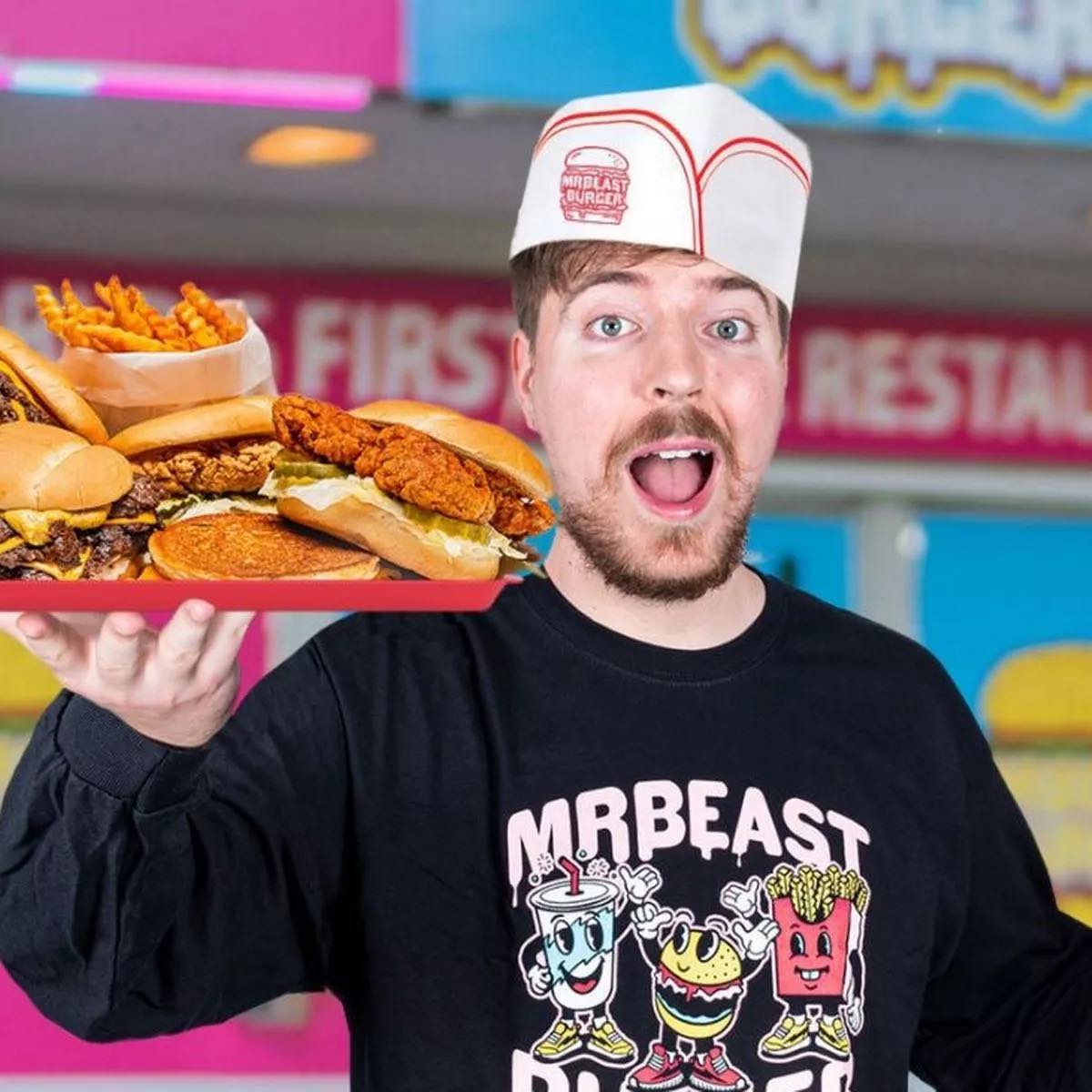One of the key messages that has come through loud and clear since the launch of The Drop in January is that most digital-first creators/studios struggle to make a living purely from the ad revenue around their content. With vast fan-bases required to generate a meaningful return from the digital-first AVOD model, experts have repeatedly stressed the need to build businesses with multiple revenue streams.
Approaches vary – depending on the profile of the company in question and the sector that they operate in. But aside from the classic digital-first AVOD model, creators and studios typically cite the following as potential revenue generators: branded content, subscription, live events, IP/format exploitation and licensing & merchandising (L&M).
Anyone familiar with L&M from the film & TV business will know how tough this sector is – with margins eroded by commitments to manufacturers, distributors, licensing partners and retailers. But there’s no question that the process of extending digital brands into the real world is starting to gain traction for some creators.
In part, this is because we are now firmly in the era of e-commerce – which means digital creators are not dependent on traditional retail channels to get their products to consumers. It’s a similar story with marketing – which can be done via creators’ own channels, rather than through more usual above the line media platforms.
There’s also a mindset shift taking place. Young consumers are switching their allegiance from traditional products and services in the direction of authentic creator-led alternatives seen on TikTok and YouTube. If there’s a critical difference between traditional media and the new creator-led economy, it’s that the former tends to attract audiences whereas the latter attracts fans and communities. It’s this deeper level of engagement and attachment that explains why YouTubers Logan Paul and KSI were able to generate such phenomenal interest around energy drink Prime.
L&M remains a tough business to succeed in – and usually depends on choosing the right partners. Manufacturing and distribution costs are still a key issue – which means creators need a large enough fanbase to make their product scalable. And there is also the challenge of keeping pace with changing consumer tastes. Creators will soon learn that the key to success in L&M is a 24/7 commitment to new product development. Nevertheless, here are a few creators who’ve proved it can be done.
MrBeast: It stands to reason that the biggest name in social media (real name Jimmy Donaldson) should have had some success in L&M/brand extension. One of his first moves was the launch of the MrBeast Burger chain, now reckoned to generate annual revenues of $100m. MrBeast also launched Feastables, a snacking brand rooted in gamified experiences. Core characteristics of Feastables products include that fact they are high quality, contain natural ingredients and tap into the DNA of MrBeast’s digital first channels. At launch, he said: “Be on the lookout for exciting stunts and giveaways with every Feastables drop. No other brand is creating quality snacks with a focus on fun at a mass scale, and I’m excited for everyone to experience it.”
Kayla Itsines: When creators/influencers catch a wave, the financial rewards can be astonishing. Kayla Itsines was a personal trainer who built a following with her Bikini Body Guide. Possibly, she might have decided to use this as a platform to launch a sportswear range. Instead, she created workout platform Sweat with her business partner Tobi Pearce. Having established a successful subscription-based business, Itsines and Pearce then sold it to iFIT for $400 million. Others to have built a digital first business in this sector include Body Coach Joe Wicks. After amassing a large following on YouTube, Wicks has gone on to launch a series of successful cookbooks, including one for new partners seeking to wean their babies onto solids.
Sidemen: As reported this week, the Sidemen collective have announced plans to launch a chain of high street restaurants to support the expansion of their Sides fried chicken brand. All told, the group plan to open 10 restaurants this year, with the ultimate plan to have 200 sites globally in ten years’ time. Underlining the point about partnerships, The Sidemen have built the Sides brand in partnership with Virtual Hero Group, a subsidiary of Hero Brands. With the scale of Sidemen’s following, it’s just possible Sides will give established rivals like KFC and Nando’s a run for their money.
Huda Kattan: The beauty sector is packed with brands that have been built through brilliant digital-first content and marketing – but they are not all necessarily creator-led. Florence by Mills has been built on the back of Millie Bobbie Brown’s success as an actor (Stranger Things etc). Razor brand Estrid is a digital first product rather than a brand extension by a creator. One example that fits the bill, however, is Huda Beauty, launched by social influencer Huda Kattan and her sister Mona in 2013. The brand started with false eyelashes before expanding into a range of makeup products. Today, Huda Beauty has revenues of around $250m per year.
Markiplier and Jacksepticeye: It was something of a surprise when these two popular gamers unveiled Cloak in 2018. Launched to provide “stylish leisurewear for gamers and creatives”, it didn’t seem an obvious fit for the gaming community. However the brand has gone from strength to strength, evolving from a product line into a platform that offers a range of clothing and footwear. There’s a tongue in cheek feel to the genre-themed website that gives it an authentic feel. More importantly it has resonated with people across irrespective of race, gender, and body type.
Mary Lawless Lee: Lee established herself as a lifestyle guru through her Happily Grey brand. In 2021, she decided to home in on the maternity market with Nemah, a skincare brand for pregnant women. At launch Nemah consisted of two products, a restorative scar treatment and a stretch mark cream. Crucially, Lee didn’t launch the products until she had established a community around the Nemah concept. By building a website around core issues such as pregnancy and breastfeeding, she demonstrated her authenticity – and was rewarded with a fast-growing business.
Marques Brownlee: Anyone familiar with Marques Brownlee will probably know his roots were as a tech-focused YouTuber. But this year he has joined forces with a company called Atoms to launch a limited edition sneaker called Sneaker 251. The new shoe is believed to be one of the first collaborations between a YouTuber and a shoe designer, and is designed to be a comfortable, everyday shoe rather than a sports product. Interesting points to note include the fact that the shoe is red and black – colours associated with Brownlee. It is also intertwined with copper lining to counter smells. For anyone wondering about the significance of the shoe’s name, 251 is reported to be the duration of Brownlee’s first video on YouTube. Brownlees has around 17m subscribers on YouTube and managed to clock up 11m views in 2 days for his review of the Apple Vision Pro headset. That’s probably a good indicator of the scale creators need if they are going to launch a successful footwear brand.
Twisted: The importance of generating multiple revenue streams is as true for digital-first studios as it is for creators. Jungle Creations, for example, has been busy looking for ways to take its social media food brand Twisted (40m fans) out into the real world via licensing. In a recent deal between Jungle and retailer Iceland, six new Twisted products have been made available online and in-store. The range includes products such as Lasagne Filled Yorkshire Pudding, Double Cheeseburger Kebabs and Footlong Pigs in Blankets. Commenting on the deal, Twisted co-creator and creative director, Tom Jackson, said Iceland was a goof fit because “they have a bold, progressive vision and a creative edge that aligns perfectly with Twisted’s values.”
Commenting on Jungle Creations’ strategy regarding brand extensions, CEO Melissa Chapman says: “Building brands and communities that transcend the online spaces we create them in and enter the real world has always been a core Jungle Creations value and mission. We’ve pushed the boundaries of this with Twisted especially. Harnessing the power of social + community to drive real-world action is literally the most exciting thing to me.”
Wrap Up
This group only scratches the surface of what’s happening in creator-driven brand extensions. But they are a good illustration of how hot the sector has become. Winning factors Include: scale of fanbase, choice of partners, finding a genuine gap in the market and an authentic connection between creator and brand extension. It also helps if the incumbent competition has failed to make its mark with social audiences.





